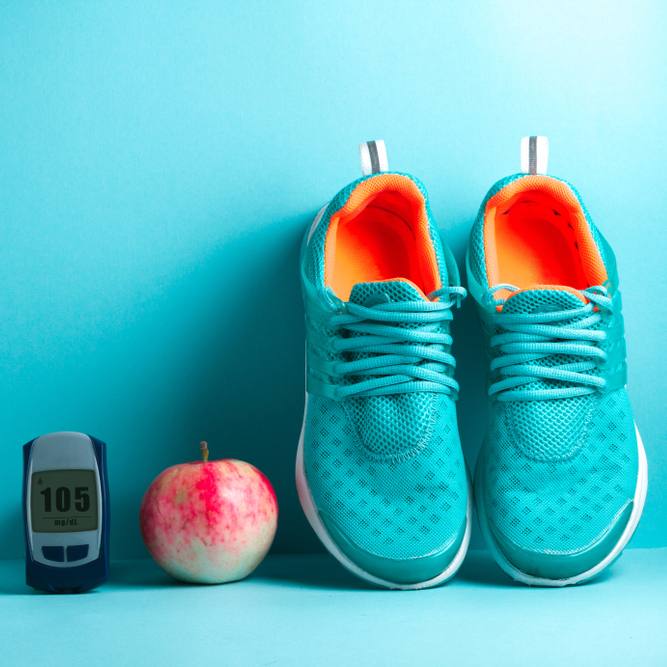Sun-related Skin Condition Triggered by Chemicals in Certain Plants, Fruits
August 12, 2011
Dear Mayo Clinic:
What is phytophotodermatitis? How can you tell the difference between this disorder and other sun-related skin conditions?
Answer:
Phytophotodermatitis is a skin condition that happens as a result of sensitivity to chemicals in certain plants and fruits. The reaction to those chemicals is triggered when the affected skin is exposed to sunlight or other ultraviolet light. Phytophotodermatitis is different from most other sun-related skin conditions because instead of affecting all areas of skin exposed to the sun, it affects only the spots that the chemicals touch directly.
The chemicals that cause phytophotodermatitis are found most commonly in wild parsnip, wild dill, wild parsley, buttercups and citrus fruits, especially limes. When these chemicals get on your skin and then are exposed to ultraviolet light, a chemical reaction occurs that often looks like a sunburn, or it may develop as a red, itchy patch, similar to eczema. The skin may also blister. Eventually the affected area, which feels like a mild to severe sunburn, may turn brown. This discoloration can sometimes last for months.
Phytophotodermatitis typically affects people who frequently run, walk, hike or bike in wooded areas or other wild places where the plants that cause this condition grow. Chefs, bartenders and other people who regularly handle a variety of citrus fruits also may be at an increased risk of developing phytophotodermatitis.
Most sun-related skin conditions, such as sunburn, sun allergy and polymorphous light eruption, affect all areas of skin that are exposed to sunlight. But phytophotodermatitis is different. Because its reaction is triggered specifically by chemicals on the skin, only the skin affected by those toxins reacts when exposed to the light. That means the reaction may appear in unusual patterns of streaks, drips and, sometimes, as fingerprints or handprints. The handprint formation is common on children who have had adults with the chemicals on their hands apply sunscreen to them or otherwise touch their skin.
Due to the pattern of its skin reaction, phytophotodermatitis can be difficult to diagnose. Many people think it's poison ivy, poison oak or poison sumac. In the case of children with handprint-shaped patches, it may even be mistaken for child abuse. An experienced dermatologist can usually make an accurate diagnosis, though, through the combination of a careful physical exam and questions about when and how the skin reaction appeared.
Phytophotodermatitis goes away gradually on its own. Treatment for phytophotodermatitis typically requires only self-care measures, such as soothing the affected skin with a cool, wet cloth. If the area is persistently painful, or if blisters are severe, talk to your doctor.
To prevent phytophotodermatitis, wash your hands after handling any citrus fruits, particularly limes. You should also wear long pants and long sleeves when you're in the woods or other wild areas. When you come inside, wash any areas of your skin that weren't covered.
Also, be careful when you make a campfire. Use only firewood, and never put wild plants into a fire. If wild parsnip or other plants that contain phytophotodermatitis-causing chemicals are burned, those chemicals can be dispersed into the air and come in contact with any exposed body surface. Then, if you go into the sunshine before you take a shower or bath, all areas of skin touched by the chemicals will react, resulting in an extensive rash.
Fortunately, because the chemicals responsible for phytophotodermatitis quickly come off with soap and water, most cases can be easily prevented by carefully washing your skin any time you think you've come into contact with the plants or fruits that cause this condition.
— Dawn Davis, M.D., Dermatology, Mayo Clinic, Rochester, Minn.







